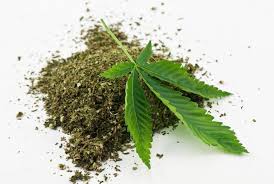Marijuana comes from the Cannabis plant. The flowers, seeds, leaves, and stems of the plant must be shredded and dried before they can be used. Most people who use marijuana smoke it, but it can be mixed into food, brewed into tea, or even used in a vaporizer. One of the ingredients in marijuana is a mind-altering chemical called delta-9-tetrahydrocannabinol (THC).

When you inhale marijuana smoke into your lungs, it is quickly released into your bloodstream on its way to your brain and other organs. It takes a little longer to be absorbed when you eat or drink it.
The effects of marijuana on the body are immediate. Longer-term effects may depend on how you take it, how much you take, and how often you use it. Since its use has long been illegal in the United States, large-scale studies have been difficult to manage.
In recent years, the medicinal properties of marijuana are gaining acceptance in mainstream America. Medical marijuana is now legal in 23 states and the District of Columbia. THC and another ingredient called cannabidol (CBD) are the main substances of therapeutic interest. National Institutes of Health-funded research into the possible medicinal uses of THC and CBD is ongoing.
In addition to medicinal use, recent legislation has made marijuana a legal recreational drug in Colorado and Washington State. With the potential for increased recreational use, knowing the effects that marijuana can have on your body is as important as ever.











